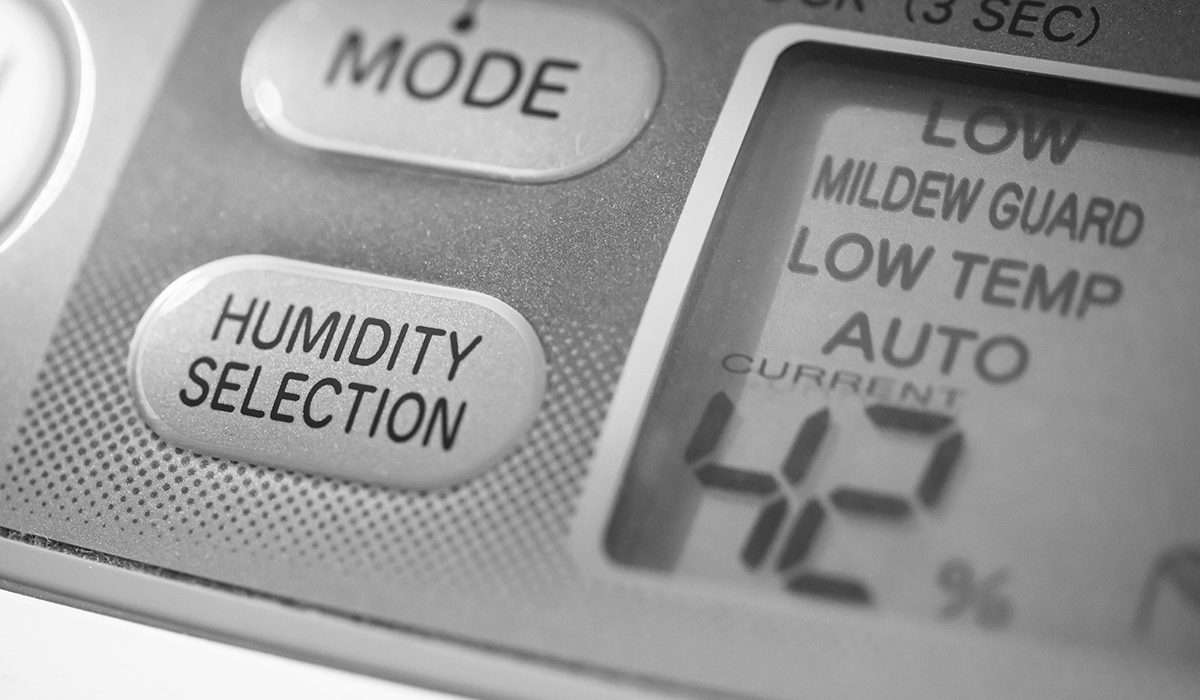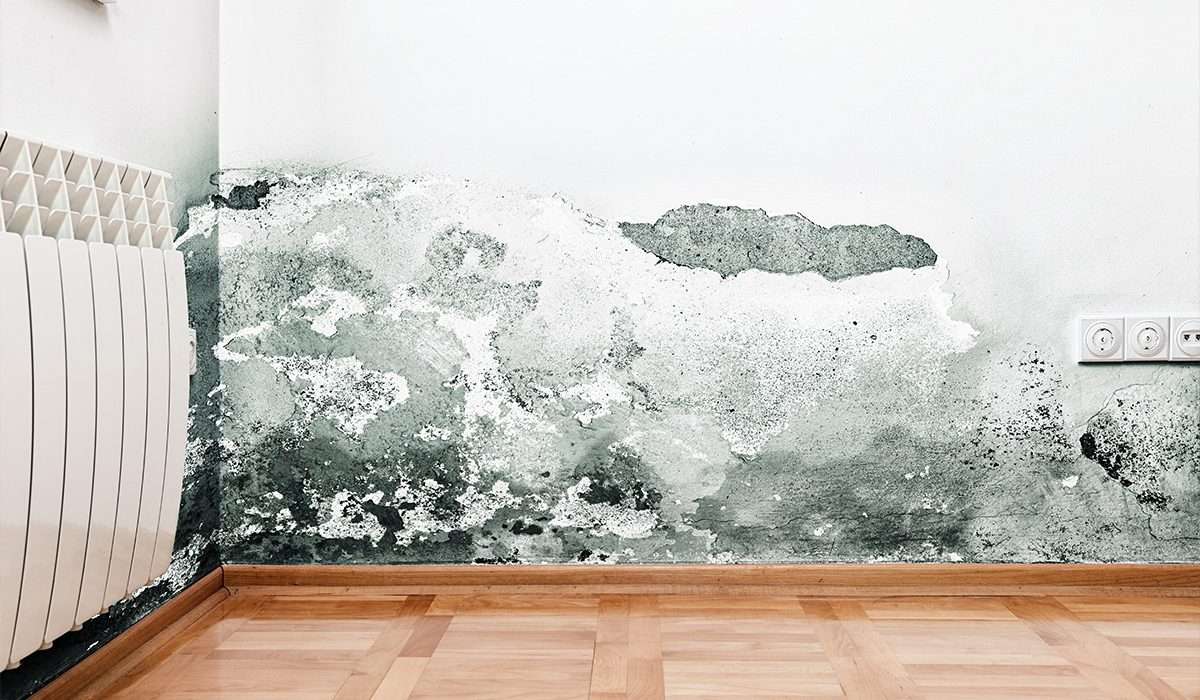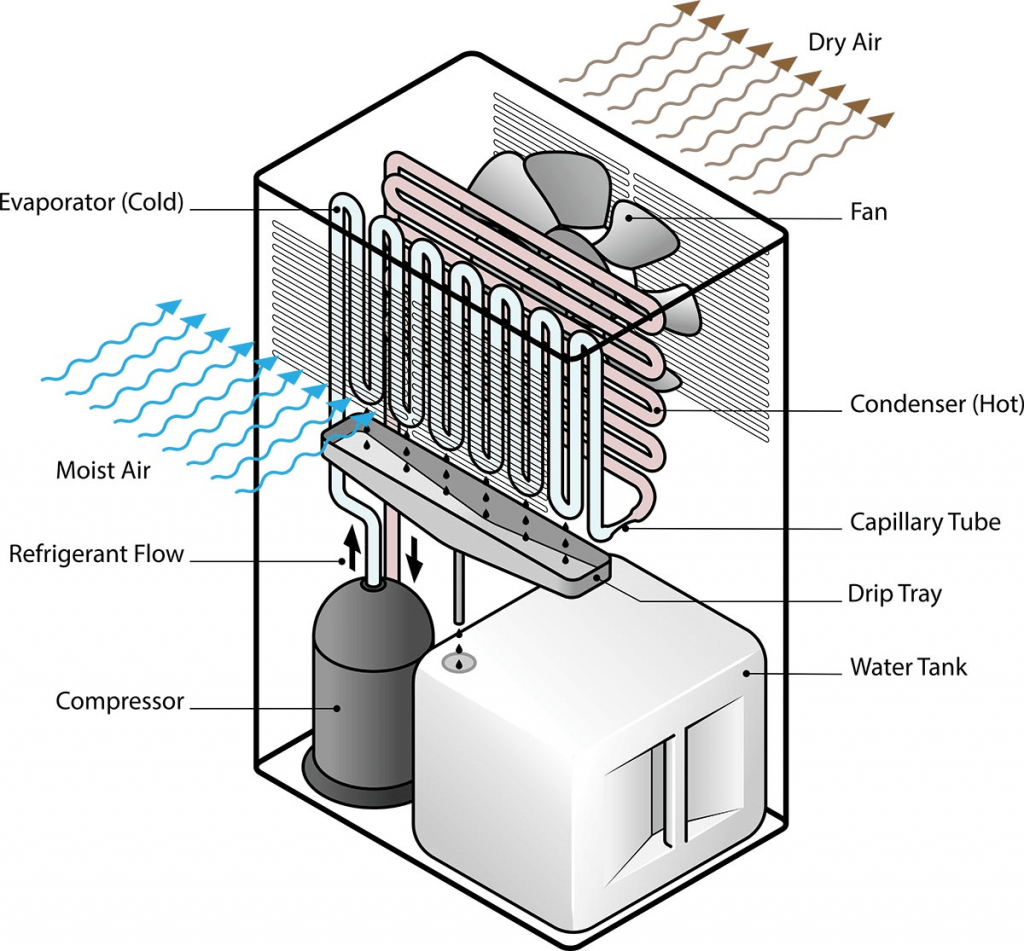An estimated 20 to 25 percent of people have some form of respiratory allergy, and if you’re one of them, it’s likely you’ve always got a pack of antihistamines at the ready. But did you know that there are several environmental changes that we can make in order to keep the attacks at bay? How can we protect our homes against the most common allergens?
Leading allergen specialist Dr. Michael Loubser, Consultant Paediatrician, Immunologist/ Allergist answers frequently asked questions about allergy proofing your home.
1. What is a respiratory allergy?
This is the type of reaction that manifests because of a trigger in your environment. The symptoms include puffy eyes, itchiness, redness, a blocked or running nose, and itching in the mouth or ears.
2. Which triggers are most common in the UAE?
The weather in the UAE means it is different from more temperate climates, in that we don’t have to deal with seasonal allergies. But what that does mean is most of the allergens in our environment are inside our homes.
3. Should I be concerned about molds in my home? How do I get rid of molds?
Due to the humid climate, we face a lot of indoor humidity which causes mould, as does the air conditioning that we use to combat the humidity. It’s almost always the case that poorly installed or maintained air conditioners are the source of a mould allergy. You can also develop mould if you have a water leak, or the damp proofing hasn’t been done properly.
Treatment
Ideal humidity is around 45 to 55 percent, and if your AC is not working properly the levels can get up to 85 percent. If you’ve got a lot of humidity inside, I would recommend investing in a dehumidification unit, which will work to take some of the moisture out of the air. And even if your humidity levels are ok, the AC still needs to be cleaned regularly to make sure it’s not full of dust and that the drip trays don’t get blocked up.
4. Can dust mite allergy cause asthma? Where do they come from?
A dust mite is a microscopic, eight-legged insect which is just 0.2 of a millimetre. They live in warm, humid environments, and when they’re in your bed there will be around a quarter of a million. But don’t worry it’s got nothing to do with how hygienic you are, it’s down to the climate we live in. Humans who are allergic to dust have adverse reactions to the bug’s bodies and faeces, rather than dust itself.
Treatment
You can’t vacuum them out as they’re too small, so the best approach is to have a company come in to kill and remove them. A steam system is the best way to do so, before a high-pressure suction to remove the bodies. But what’s critical is you’ve got to get a mattress encasement put on afterwards. A high-quality dust mite cover should be breathable, not just a plastic sheet! The tightness of the weave should be so tight that dust mites’ can’t get through the air. Even the size of the needle that is used to stitch the zips in has to be standardised so that you don’t leave great big holes that dust mite can come through.
5. How do I know if I’m allergic to cockroach dust?
When we talk about someone being allergic to cockroaches, it is not the live ones we’re worried about. For every one cockroach you’ve ever seen, there’s probably a million others that have died outside. It’s the ones that have decomposed into dust that are the allergens.
Treatment
When it comes to the removal of this, you obviously want to remove as much dust from your environment as possible. This is where air purifiers come in to suction out the floating particles from the air. You should also make sure to use a vacuum cleaner with either HEPA filters in them or water traps.
6. Is there a long-term cure for allergies?
As a rule, it’s not a good idea to rely on medication to control your allergy. Instead, start by addressing the allergen triggers in your home environment. But remember that you want to clean your home, rather than sterilise it. It’s important to implement the use of technologies such as a dehumidifier, air purifier and mattress protector to safeguard yourself against attacks. And who are mono sensitised may receive immunotherapy. This is achieved by exposing the patient to very small but increasing doses of the allergen, either under the tongue or by injection. The process takes 2-3 years. You should always consult the advice of a professional allergy doctor before taking action.
When my patients want to address the root cause of their allergens and put an end to the attacks, I refer them to Sani Allergy by Saniservice. As the GCC’s premier source of hypoallergenic products they have a range of high-grade equipment and expert services including:
- Dehumidifiers
- Air purifiers
- Mattress encasements
- AC sanitisation
- Dust mite/ bed bug control
- Air Quality testing
- Surface and air microbial testing
About Dr. Michael Loubser
Dr. Michael Loubser is a renowned immunologist and paediatrician in Dubai. After earning a degree in Medicine in South Africa, he went on to further his studies in the UK and Canada. He has held various positions within the GCC, including Head of Allergy and Immunology and Chief of Paediatrics. As a member of the European Society for Immune Deficiency and the Clinical Immunology Society, Dr Loubser is an expert in the field of allergens.
In 2013, Dr Loubser played a crucial role with Saniservice, – pioneers in the disinfection industry – to establish Sani Allergy. As a division of Saniservice, Sani Allergy specialises in high-grade hypoallergenic products aimed at alleviating allergens from the indoor environment. All Sani Allergy products face rigorous testing including going through a professional Simulation Chamber, before hitting the shelves.
CONTACT US TODAY




